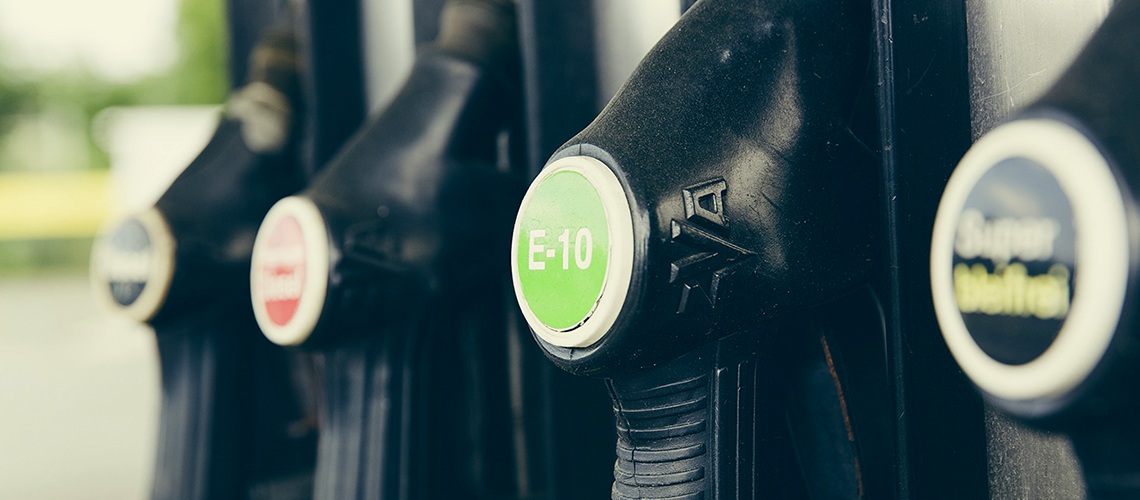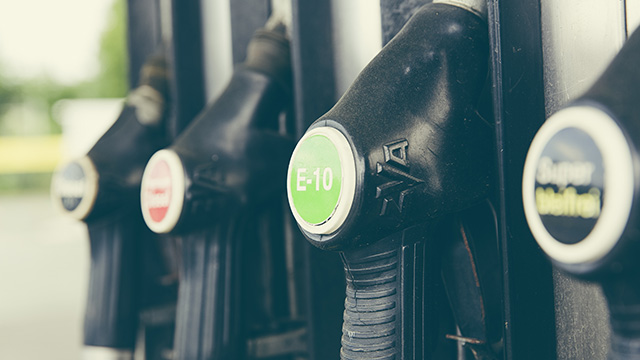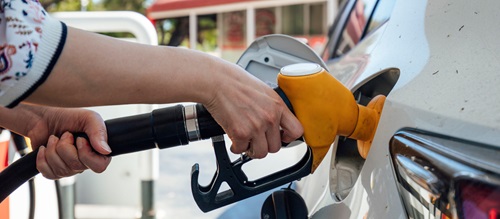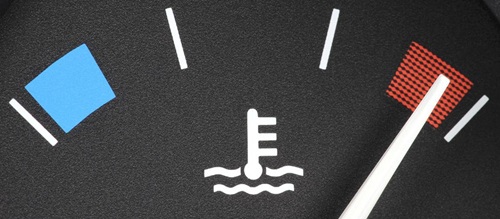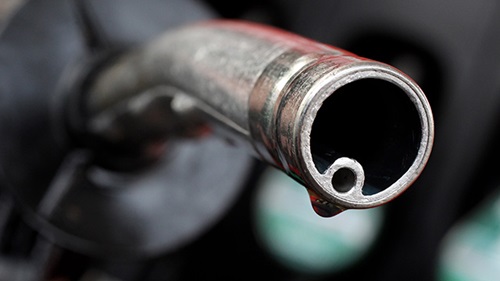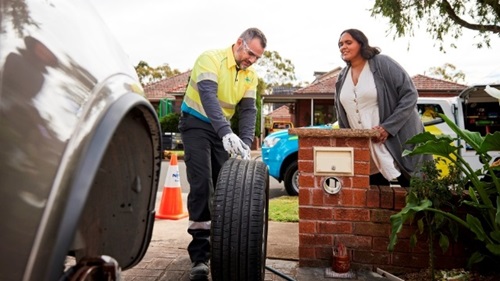Different types of petrol can be identified by a numbering system (91, 94, 95, 98, 105 etc), which is the octane rating of the fuel.
Octane is a measure of petrol’s resistance to igniting prematurely in the engine’s combustion chamber when the car is accelerating.
There are two types of octane rating – the Motor Octane Number (MON) and the Research Octane Number (RON). The RON is more commonly referred to, and that’s the one you see displayed on bowsers and nozzles at service stations and petrol price signs in NSW.
The higher the octane rating, the more resistant the petrol is to burning uncontrollably (‘knocking’ or ‘pinging’) before it is supposed to. Generally then, a higher octane rating results in a more complete burn of the available fuel, thereby maximizing engine efficiency.
Vehicle manufacturers design engines to be run on petrol with a minimum octane rating. You should always use petrol in your car that has an octane rating at least equal to that specified by the manufacturer. An engine’s octane requirement is usually outlined in the vehicle’s handbook, or in some cars, this information can be found written on the inside of the fuel flap. Alternatively, refer to the manufacturer’s website.
Regular unleaded petrol in Australia is RON 91, and most petrol cars sold here since 1986 were designed to run on RON 91. In turn, the majority of petrol engines designed for RON 91 are compatible with E10.
If the manufacturer has recommended that you use premium unleaded in the vehicle, this means you should fill the tank with either RON 95 or RON 98. Neither E10 (RON 94) or regular unleaded petrol should be used in those vehicles.







